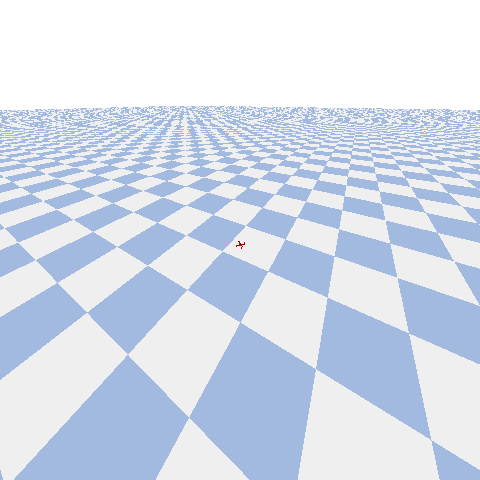PyFlyt/QuadX-Hover-v3#

Task Description#
The goal of this environment is to hover a quadrotor drone for as long as possible.
Usage#
import gymnasium
import PyFlyt.gym_envs
env = gymnasium.make("PyFlyt/QuadX-Hover-v2", render_mode="human")
term, trunc = False, False
obs, _ = env.reset()
while not (term or trunc):
obs, rew, term, trunc, _ = env.step(env.action_space.sample())
Environment Options#
- class PyFlyt.gym_envs.quadx_envs.quadx_hover_env.QuadXHoverEnv(sparse_reward: bool = False, flight_mode: int = 0, flight_dome_size: float = 3.0, max_duration_seconds: float = 10.0, angle_representation: Literal['euler', 'quaternion'] = 'quaternion', agent_hz: int = 40, render_mode: None | Literal['human', 'rgb_array'] = None, render_resolution: tuple[int, int] = (480, 480))#
Simple Hover Environment.
Actions are vp, vq, vr, T, ie: angular rates and thrust. The target is to not crash for the longest time possible.
- Parameters:
sparse_reward (bool) – whether to use sparse rewards or not.
flight_mode (int) – the flight mode of the UAV
flight_dome_size (float) – size of the allowable flying area.
max_duration_seconds (float) – maximum simulation time of the environment.
angle_representation (Literal["euler", "quaternion"]) – can be “euler” or “quaternion”.
agent_hz (int) – looprate of the agent to environment interaction.
render_mode (None | Literal["human", "rgb_array"]) – render_mode
render_resolution (tuple[int, int]) – render_resolution.